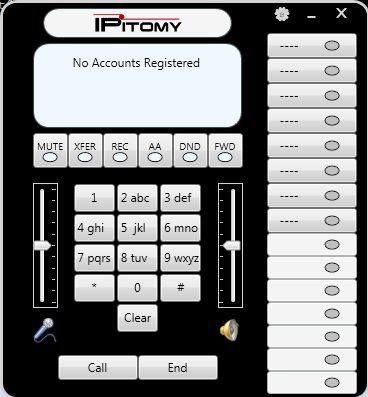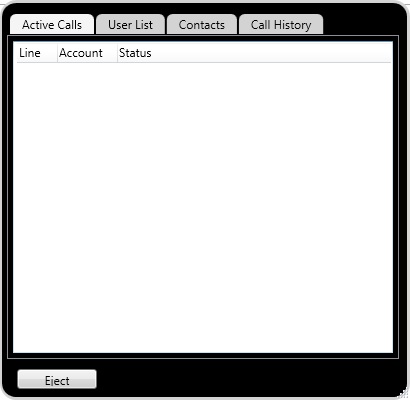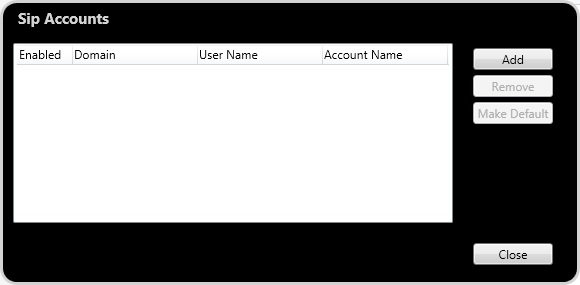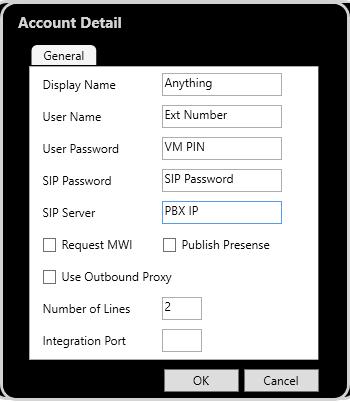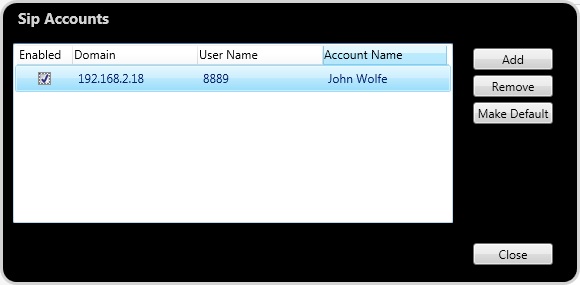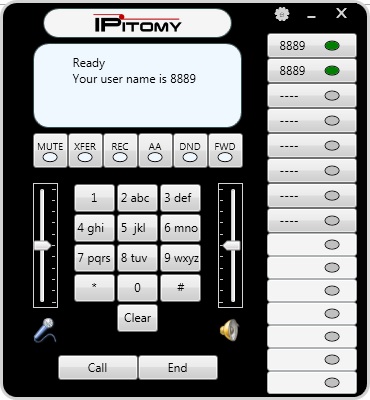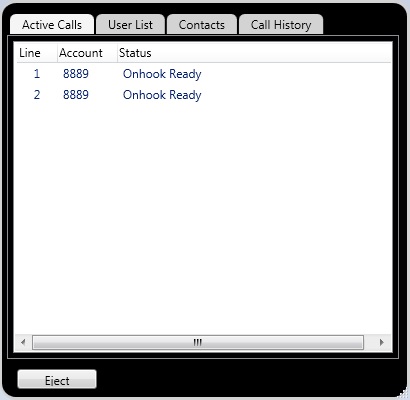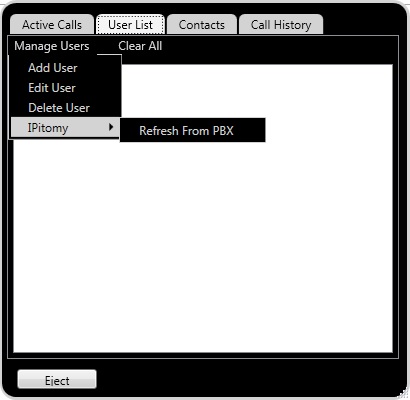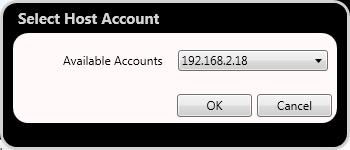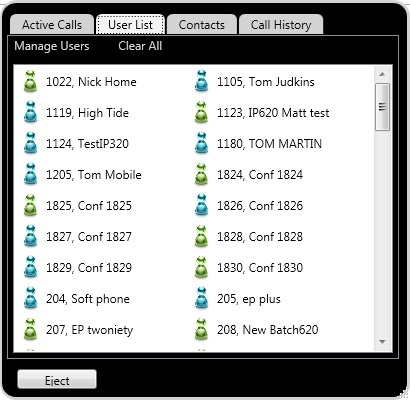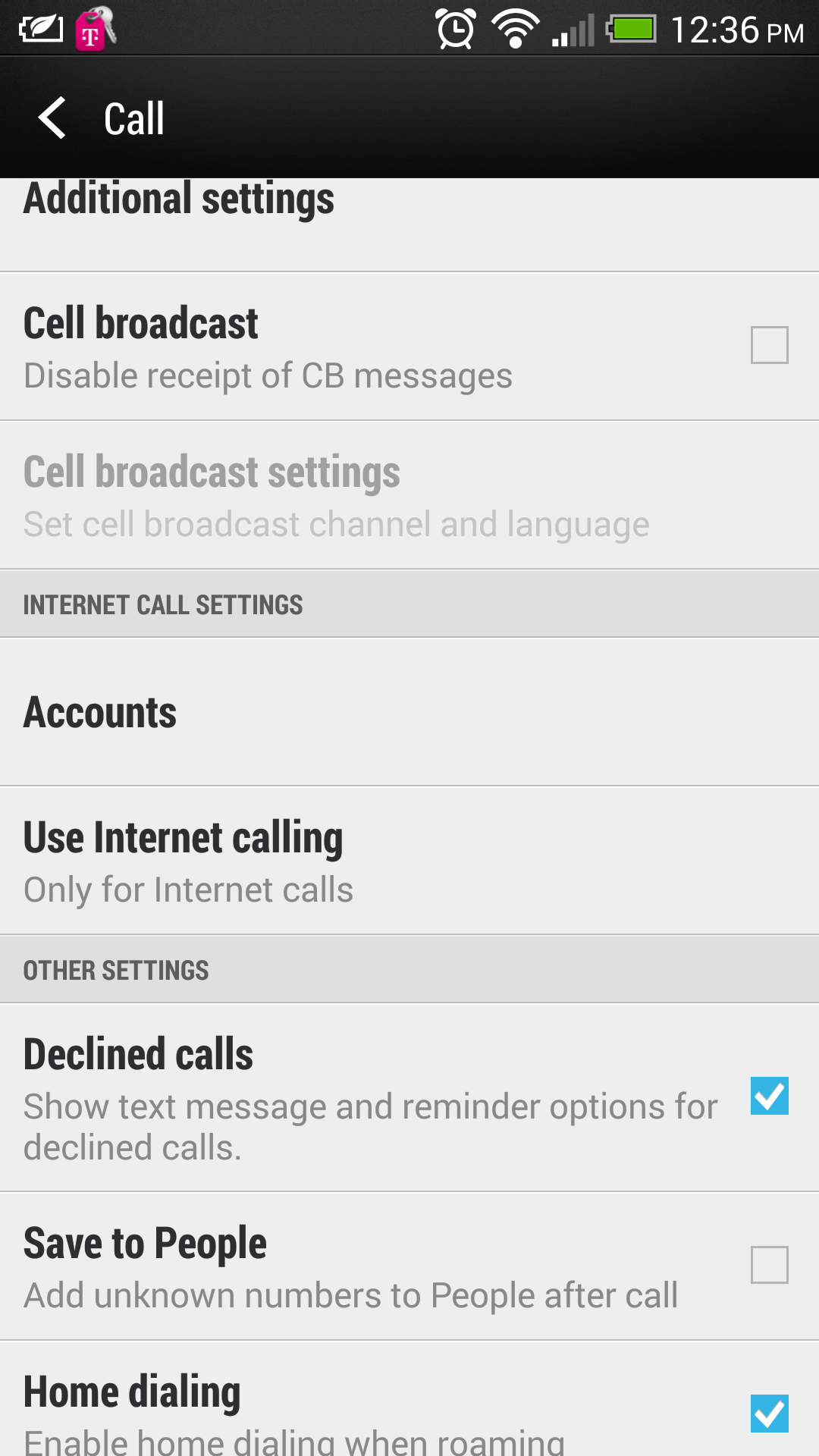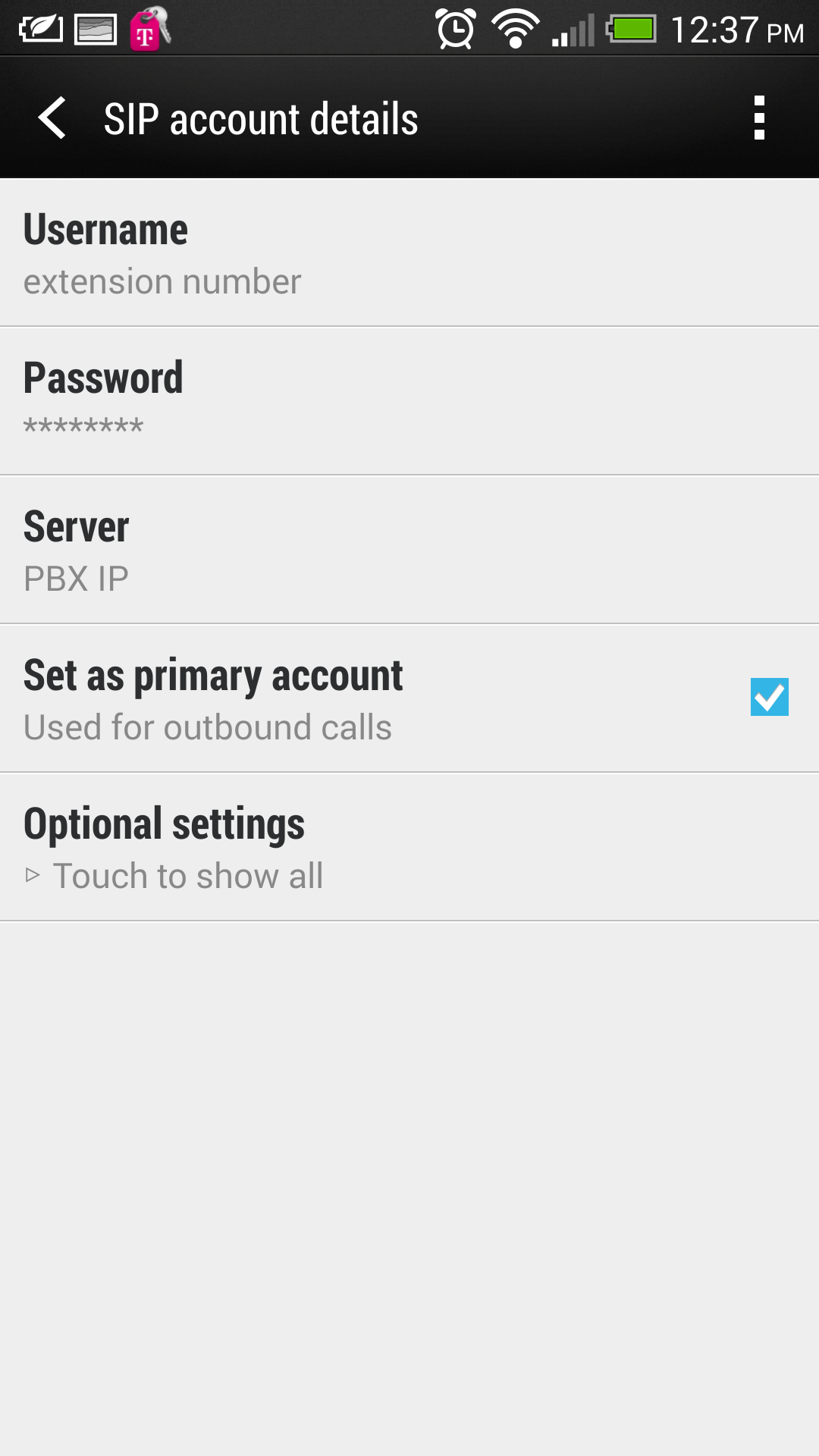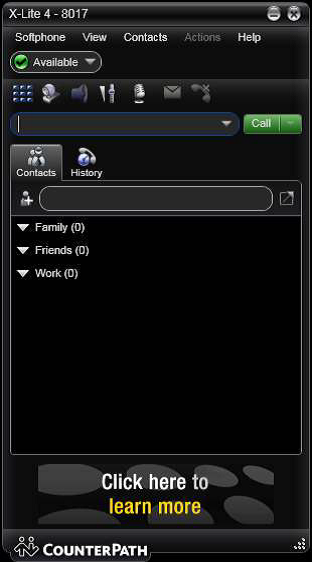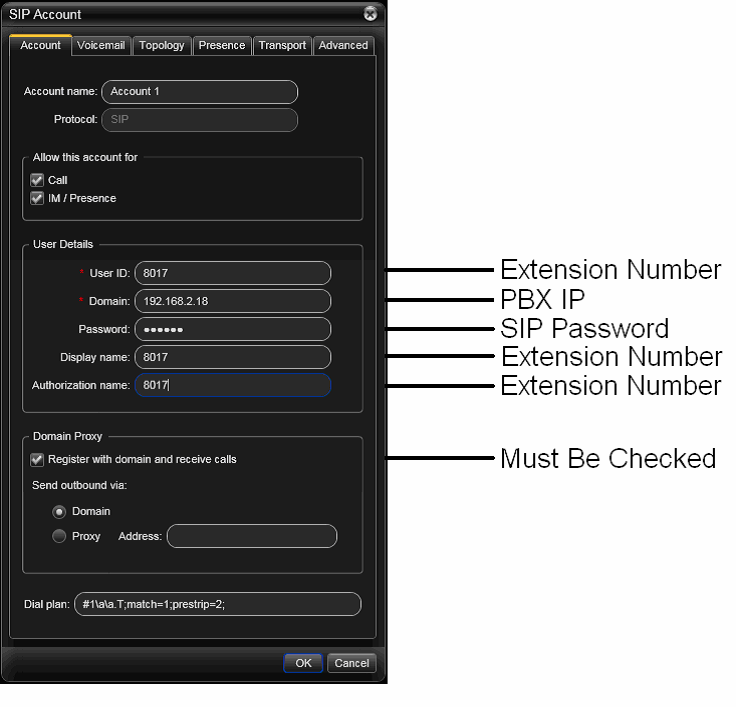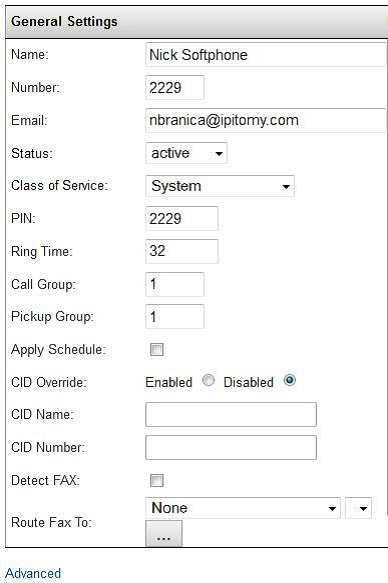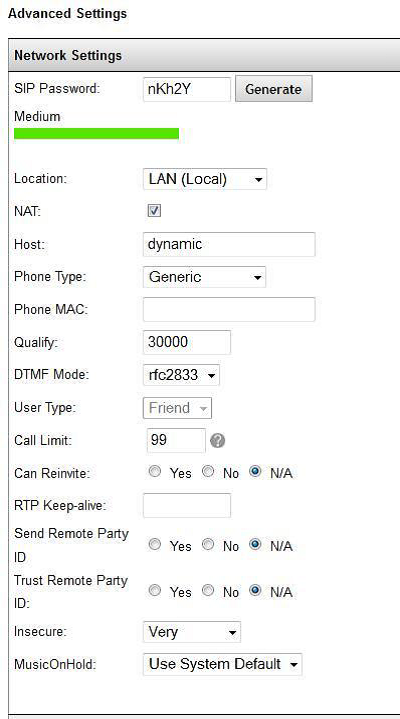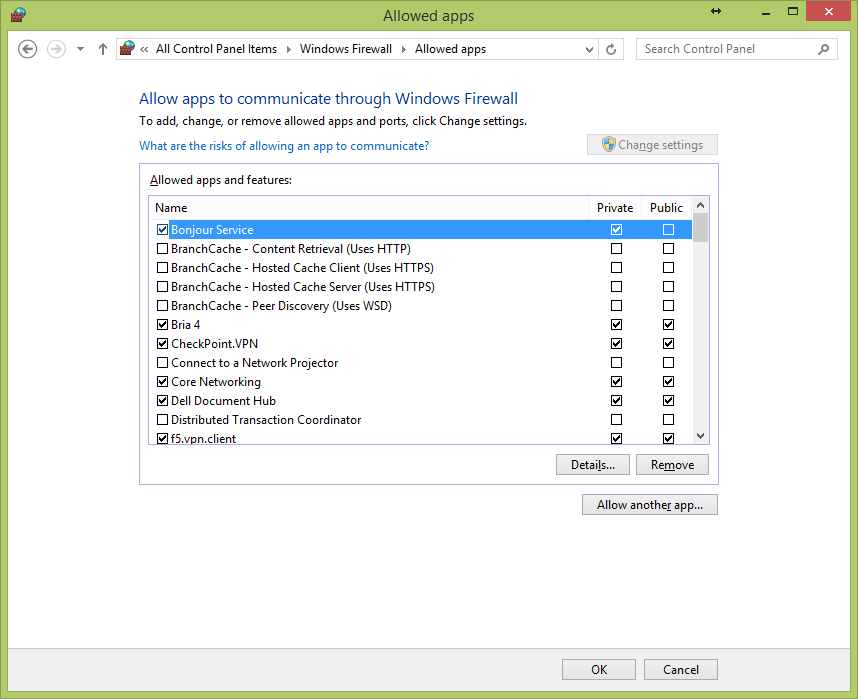Difference between revisions of "Softphones"
| (4 intermediate revisions by the same user not shown) | |||
| Line 15: | Line 15: | ||
[[File:Internet Calls.png|File:Internet Calls.png]] | [[File:Internet Calls.png|File:Internet Calls.png]] | ||
| − | |||
*Select Add Account. Also this is where you set if the phone is going to keep an active connection so it can receive inbound calls. | *Select Add Account. Also this is where you set if the phone is going to keep an active connection so it can receive inbound calls. | ||
[[File:INternet Calling Settings.png|File:INternet Calling Settings.png]] | [[File:INternet Calling Settings.png|File:INternet Calling Settings.png]] | ||
| + | [[File:Internet_Calls1.png|File:Internet_Calls1.png]] | ||
| + | [[File:Internet_Calls1.jpg]] | ||
*Enter in the relavent information | *Enter in the relavent information | ||
Latest revision as of 18:38, 21 February 2020
IPitomy Communicator
Note: This Guide will assist the user in Installing and Using the IPitomy Communicator Softphone.
We have two different soft phone installs. The “demo” version does not include the user list which shows all of the presence of all of the users on the system. This is intended for trial versions or for users who are on a shared instance of IPitomy in the Cloud. For obvious reasons, on a shared instance, it would not be good to display the presence of all the other users!
The full commercial version is called IPitomy Communicator.
This requires an available IPitomy Extension License as well as an IPitomy Soft Phone License. This does not have auto configuration, but is super simple to set up. When installing it, select IP620 as the device type for the extension so it will use an IPitomy license instead of an open license.
This also requires the generation of a single API Key. If your PBX already has one generated for the IPitomy Communicator, you don't need to do anything else. If not, simply navigate to Applications=>API Key, name it Softphone [one word, capital S], and click Create. Be sure to enable it by checking the box labeled "Key Enable", then save and apply changes.
Links for SoftPhone:
Demo version: http://relay.ipitomy.com/softcall_demo/publish.htm
Full version – IPitomy Communicator: [Here]
IMPORTANT
To avoid an error, you must also install Visual C++ Redistributable for Visual Studio 2012 Update 4.
The file is here: https://www.microsoft.com/en-us/download/details.aspx?id=30679
Scroll down just a little bit, click the download button, then select the x86 version (yes, even if you're running 64 bit Windows).
Ipitomy Softphone
Installation
Installation Video
https://www.youtube.com/watch?v=p5gwURMp4eo
Park Button Video
https://www.youtube.com/watch?v=dPCVXiR6kf8
To Install the Softphone, Follow the URL above and click the Installer link. Installation will begin at that time. You should have adminstrative rights to the PC you are installing to prior to installation. Accept the default location for install unless you have some other directory you wish to install to.
Setup
Once isntalled open the program by clicking the program Icon. This should now be located on your Desktop as well as in the Program directory. The Program will open bringing up the user interface screen.
To Add an account Press the Settings Icon which is the little Gear Icon next to the Ipitomy Logo Bar. Select Sip Accounts and Add an Account
Select the Add Button and Enter the Following:
Display Name = Name of user
User Name = Extension Number
User Password = Voicemail Password
SIP Password = SIP Password for Extension
SIP Server = IP of PBX (Local IP is OK for a Local Extension only, however for a remote phone this would need to the Public IP of the Network the PBX resides upon)
Integration Port = Leave blank and the software uses 80 to verify its license with the PBX. If the softphone is remote and an external port other than 80 is forwarded to the PBX, enter that as the Integration Port (eg, 8080 external forwarded to 80 internal)
All other information can be left at Default.
Be Sure to Click Enabled when you are returned to the account screen on the account you just created so it is made the live account
Click close and you should be returned to the User interface and your account should register to the PBX.
Your Softphone is now ready to be used.
Import Extensions from the PBX to Contacts.
To Import all Extension in the PBX into the Contact list select User List - Manage Users - Ipitomy and then Refresh
Select the PBX from the Host list
Click OK. The Softphone will now pull down an Extension list from the PBX which you configured.
Troubleshooting Communictor errors
If you see the below error, here is the fix.
They need to install vcredist.x86. https://www.microsoft.com/en-us/download/details.aspx?id=30679 Make sure to choose the 32 bit ( regardless of their pc) called VSU_4\vcredist_x86.exe. Either that or the dll file is actually missing. Which is unlikely.
Native Android Soft Phone
The more recent versions of Android software have a built in SIP client (referred to as Internet Call). Below are screenshots from an HTC One running Android 4.3 and how to configure it to work with IPitomy.
- Navigate to the Phone on your Android Cell
- Navigate to Settings
- Find the section for Internet Call Settings and select Accounts (Note: You may want to modify how Internet Calling functions at this point, found under Use Internet Calling)
- Select Add Account. Also this is where you set if the phone is going to keep an active connection so it can receive inbound calls.
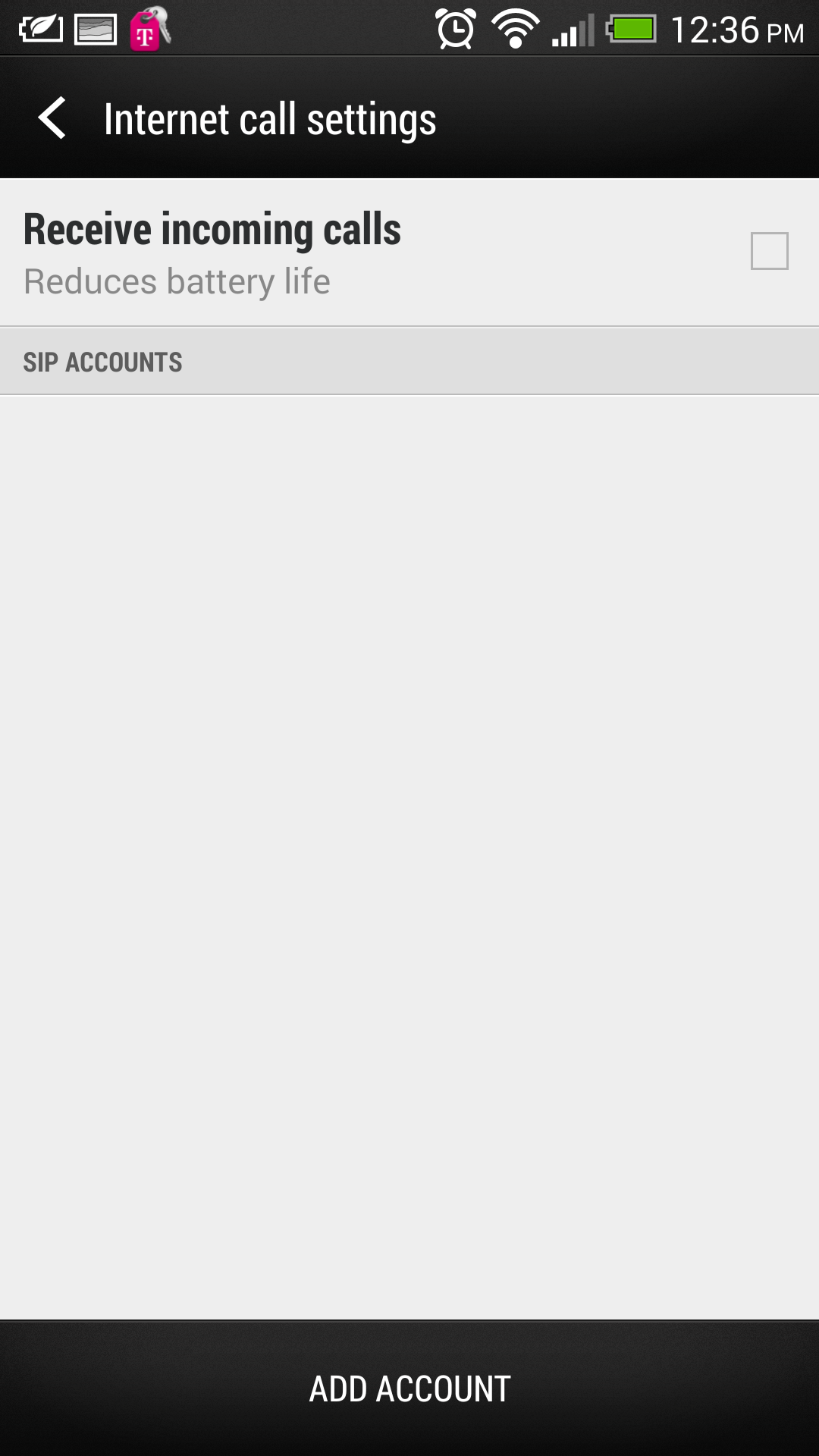 File:Internet_Calls1.png
File:Internet Calls1.jpg
File:Internet_Calls1.png
File:Internet Calls1.jpg
- Enter in the relavent information
- Username = Extension Number
- Password = SIP Password for the Extension
- Server = Public IP of the PBX
- After this its up to you to decide if you want this SIP account used for Outbound Calls
Counterpath Xlite Softphone and the IPitomy PBX
- Using your web browser, navigate to http://www.counterpath.com/x-lite.html and
- download the Xlite phone
- Install the Xlite Softphone on your PC
- Launch Xlite and you will see the following window
- Click Softphone at the top of the phone and select Account Settings
- Enter the Extension Number for: Display Name, User Name, and Authorization User Name
- Enter the SIP Password of the extension in the Password field
- Enter the appropriate IP address for the PBX under Domain
- Check the box for ‘Register with domain and receive incoming calls
- Click OK and the phone will register to the PBX
Bria Softphone Setup
To Successfully set up your Bria Softphone with you IPitomy system, fill out the SIP Account window once you have downloaded the Bria Software.
Your Extension Number which is found under General Settings is used as your User ID followed by the @ symbol and your outside IP address. Note: on newer versions, the User ID is JUST your extension number, and does not use the @<IP address> that older versions use. Instead, on the Advanced tab, you need to make sure the IP address is entered instead.
NOTE: If you are using Win8 you may need to modify your firewall settings to allow the Bria app to function
Chat/Presence with Bria
By configuring the XMPP client in your Bria soft phone on your cell phone, you can monitor chat and presence of extensions on your PBX.
- Step 1 - Create an extension on the system. If you have set up your Bria already, use that extension and create an XMPP Account on your Accounts tab.
- Step 2 - Enter you ext number as the username and PIN as the password.
- Step 3 - Enter the word localhost for domain
- Step 4 - Click the advanced tab
- Step 5 - Enter in the IP address of the IPitomy PBX System. If you are using 3/4g you will need to use the external static IP address or Domain name. If using local wifi, you can use the inter LAN address.
- Step 6 - It is best to set this up on the external address so it will work while outside of the building. To complete the connection, you will need to forward port 5222 to the internal IP address of the IPitomy PBX System in the Router/Firewall.
- Step 7 - Assign a Qmanager Account to this extension in PBX Setup - Services
- Step 8 - Log into Qmanager using the extension and pin for this extension and enable chat. After enabling the chat account you can log out of the Qmanager account for this extension.
You should now see this extension in Qmanager with the Blue text messaging icon. Your Bria should be ready to send/receive chat messages to your colleagues desktops from your mobile smart phone as well as receive presence status updates.


